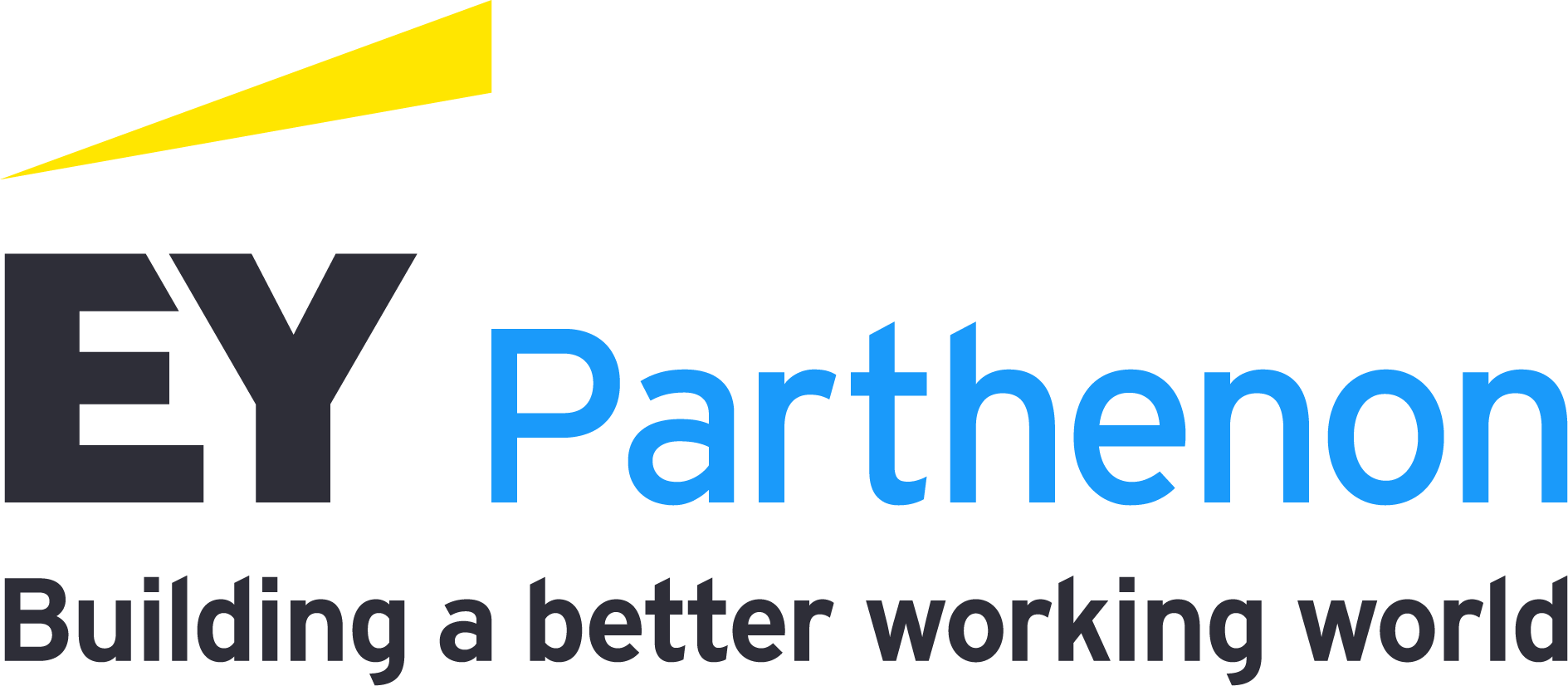What’s driving the M&A sizzle?
APAC CEOs across sectors are experiencing increasing pressure to transform their businesses to keep pace with rapidly evolving consumer preferences, digital disruption, and environment, social and governance (ESG) issues. This pressure is most acute in technology, media and telecommunications (TMT), consumer, and advanced manufacturing and mobility (AMM) sectors.
The Asia-Pacific region is also home to more family-run conglomerates than other regions. As the perceptions of these companies evolve, more are recognizing and availing themselves of the advantages of partial or whole divestment, to increase shareholder value and capital reallocation and set the company up for future growth. Where divestment was once seen as a weakness, many executives now understand that sometimes selling their companies can be the best way to grow from a regional company to a global player.
Companies are using M&A transactions to transform their businesses
Asia-Pacific executives are changing their mindset and considering the longer-term view of the opportunities a transaction may bring the company. This may be via integration, carve outs or a complete reimagining of the business through an innovative acquisition.
“Not every deal is transformational, but every transaction has an opportunity to unlock value and transform the business,” says Josie Ananto, EY Asia-Pacific Transaction Strategy & Execution Leader. We see the appetite for high-value deals as a signal that Asia-Pacific executives are beginning to understand this.
With private equity deal appetites north of 50% across the region, and dry powder building up at a Compound Annual Growth Rate (CAGR) of 34% over the last three years, we expect a resurgence in M&A momentum in the second half of 2022, driven by economic recovery in China in particular. Persistently high valuations across Asia-Pacific are a strong demonstration of continued investor confidence – ongoing COVID-19 pandemic and geopolitical challenges notwithstanding.
In the first half of 2022, deal values in Asia Pacific topped US$403b. At the same time, there was nearly a 30% increase in the number of US$1b plus deals in 2021 as compared to the pre-pandemic five-year average (2015 to 2019).
This continues a trend toward higher deal values that we saw in 2021. By sector, TMT and AMM were responsible for nearly half of the US$1b plus deals in 2021. By country, China recorded the largest number of US$1b plus deals (89) valued at US$251b.
APAC CEOs expect to look beyond their borders but stay regional for deals
As the world reopens following the pandemic, and Asia-Pacific companies look to use M&A to transform, we’ve seen a significant rise in cross-border deals. More than four out of five (83%) of Asia-based CEOs in the EY 2022 APAC CEO Outlook Survey say they intend to pursue cross-border M&A in the next 12 months, versus 37% of CEOs in North America and 71% in Europe.
However, for many APAC CEOs, cross-border activity will be regional, as they cite China, India and Singapore as three of their top five destinations (the US and the UK round out the top five).
Digital disruption and business model reinvention have companies looking cross-sector
In addition to looking cross-border, Asia-Pacific CEOs are also looking cross-sector to expand digital, product and services capabilities, and expand market reach. Based on the results of the EY 2022 CEO Outlook Survey, 60% of technology acquisitions occurred outside of the technology sector.
Asia-Pacific companies, regardless of sector, are looking to evolve into technology companies to keep up with escalating consumer demand and growth in digital capabilities across the region.
The percentage of the population with access to mobile devices is rising swiftly in Vietnam and Indonesia. For example, in 2020, approximately 176m Indonesians had internet access through their mobile devices. By 2026, this number is expected to rise to more than 233m.1
Further, an estimated 40 million new internet users came online in the Southeast Asian region in 2021, bringing internet penetration to 75%. Southeast Asia’s digital economy2 — and e-commerce in particular — is experiencing exponential growth. Asia-Pacific companies want a share of this growing market, but they need the digital capabilities to capture it.
While all sectors vie for technology assets, technology companies are stretching their boundaries to secure precious raw materials for manufacturing chips and electronic products. At the same time, they are making strategic investments that enable other sectors, including AMM, to thrive.
Meanwhile, the AMM sector, especially the mobility companies, have been focused on acquiring technology capabilities that will help them to accelerate innovation in autonomous driving. In 2021, companies in the mobility subsector generated deal values of US$55b, a 29% year-over-year increase.
In the consumer space, companies are seeking technology assets that enable them to improve their value and supply chains and strengthen consumer experience.
Asia-Pacific CEOs are holding fire on ESG
Although the majority of investment strategies center on capabilities and market expansion, ESG deals have been on a continuous incline since 2019 in Asia-Pacific. In 2021, ESG deals recorded a 23% year-over-year increase in deal volume and a phenomenal 87% increase in value.
The increasing impacts of climate change and the pressure from consumers, society and governments to demonstrate good corporate citizenship around ESG has Asia-Pacific CEOs considering both the risks and opportunities. Nearly three-quarters of Asia-Pacific CEOs in the EY 2022 CEO Outlook Survey see ESG as a more important driver of value over the next few years, while roughly one-quarter (26%) say M&A offers a critical path to increase ESG scores, which they need to attract investors.
According to the 2021 EY Global Corporate Divestment Study, 73% of Asia-Pacific respondents say that they anticipate selling off a portfolio business within the next two years, in part because of ESG considerations; 84% affirm that sustainability and social issues directly influence divestment.
Five considerations when transforming through M&A
As economies in the region continue to reopen in the wake of the pandemic, valuations are expected to reach record levels. Companies looking to maximize the value of their business through M&A transactions need to act now. Otherwise, they risk losing out.
For those considering transforming through M&A, here are five actions:
1. Align transaction to the company’s transformation agenda
CEOs looking to buy versus build to aid their transformation ambitions will need to ensure that they align their transaction strategy with the overall strategic goals of the company. They should consider both short- and long-term perspectives and how a transaction could accelerate their transformation.
2. Craft a clear narrative
CEOs will want to have a well-defined narrative of the strategic intent of the transaction and why it makes sense for the company, employees and shareholders.
3. Engage your integration team early as part of due diligence
By their very nature, transformational deals often involve businesses that are different or unfamiliar. Conduct comprehensive due diligence across all aspects of the business: finance, tax, operations, commercial, HR, IT and cyber. Involve your integration team early to help identify blind spots and determine whether the target asset is a true fit for your organization.
4. Know the business before you integrate
A transformational deal typically takes three or more years to fully integrate. CEOs will need to make sure their teams focus first on understanding the business, particularly if it is completely different from the core business, before moving too quickly to integrate in all areas.
5. Measure the transformation value
Following the transaction, CEOs will want to measure the transformational value to track the progress of the transaction and the realization or deviation from the vision and value expectations. A scorecard approach can help CEOs to determine whether financial, operational and talent objectives around the transformational transaction are meeting expectations, and correct where necessary.






